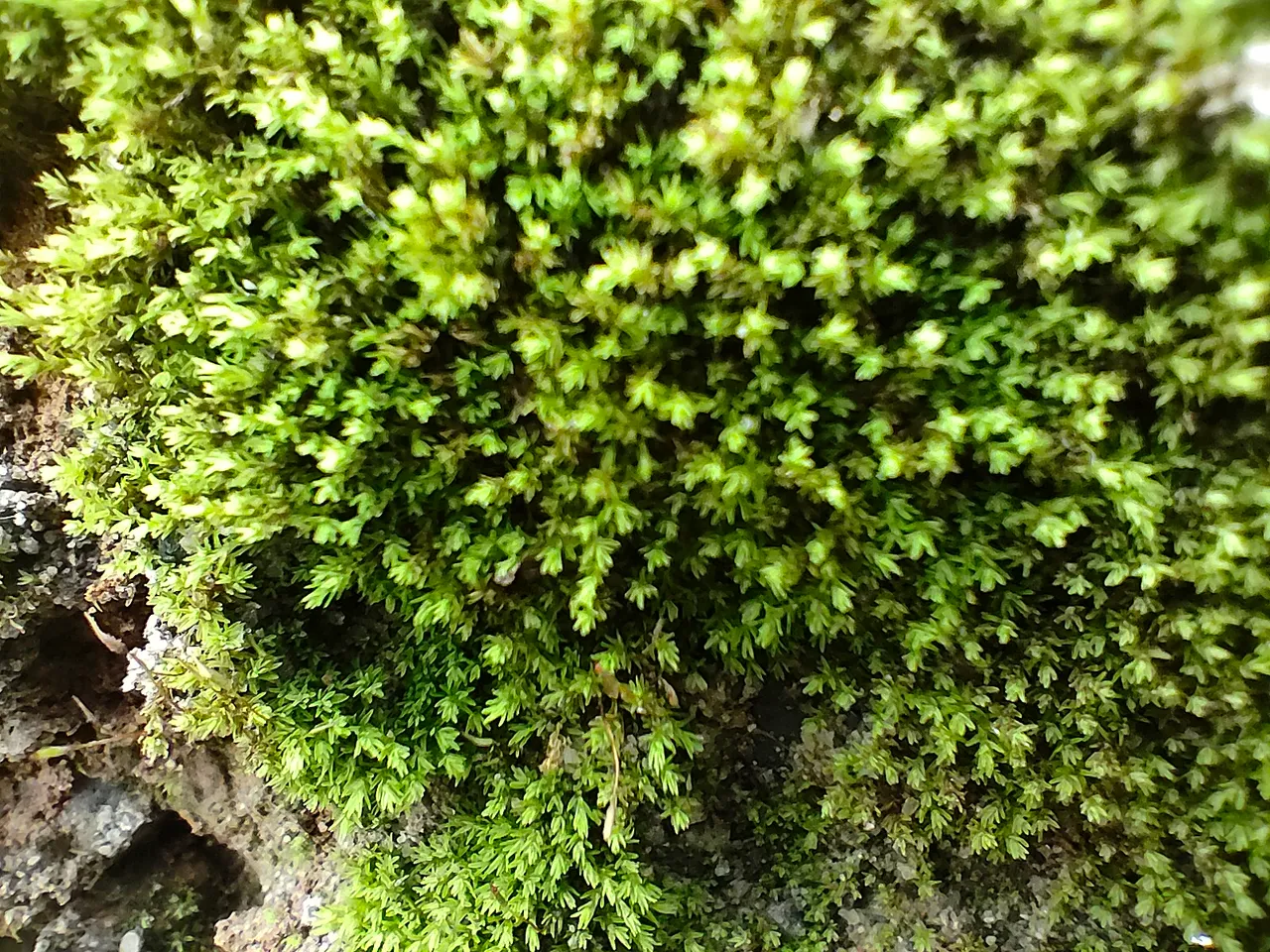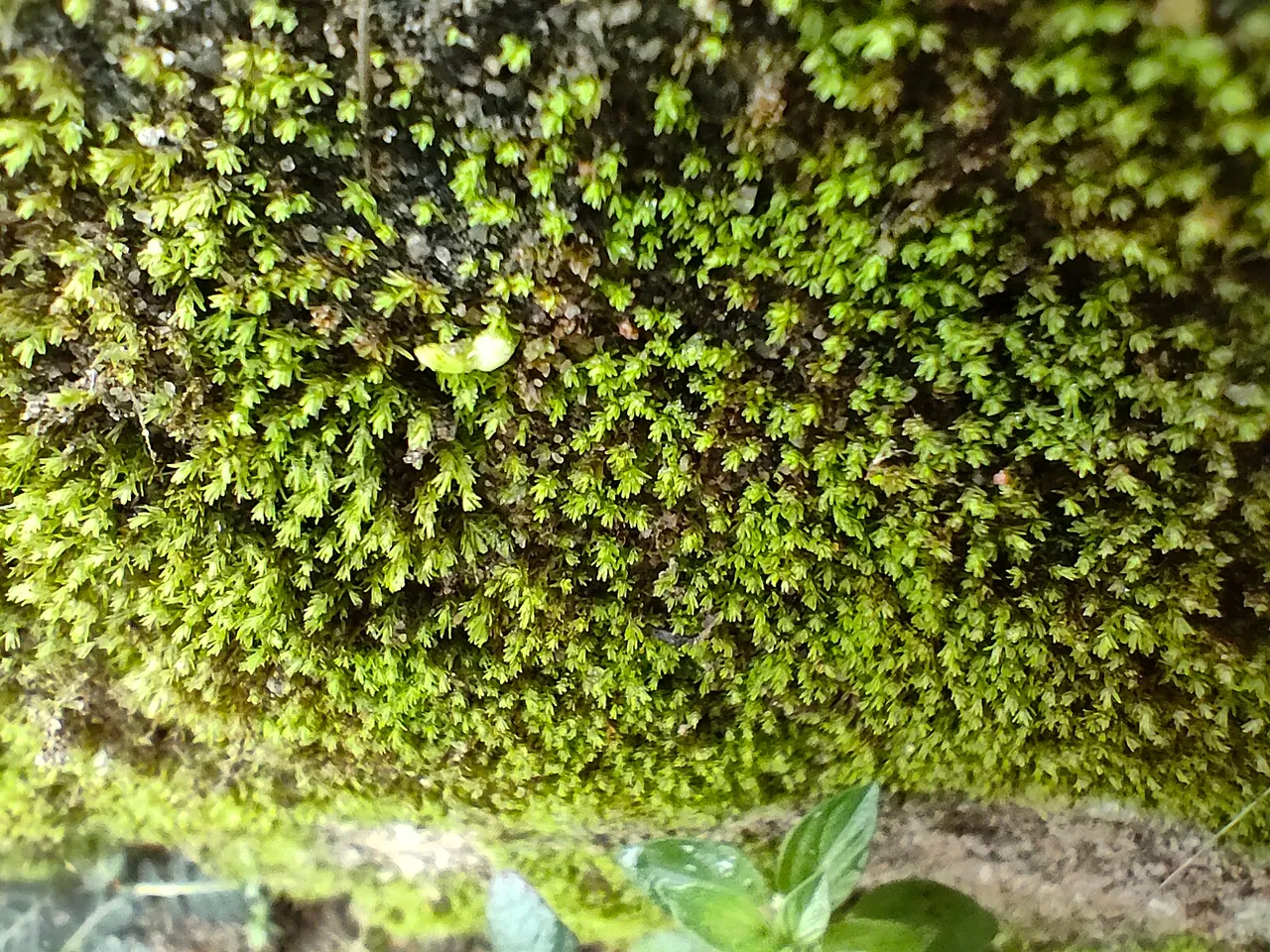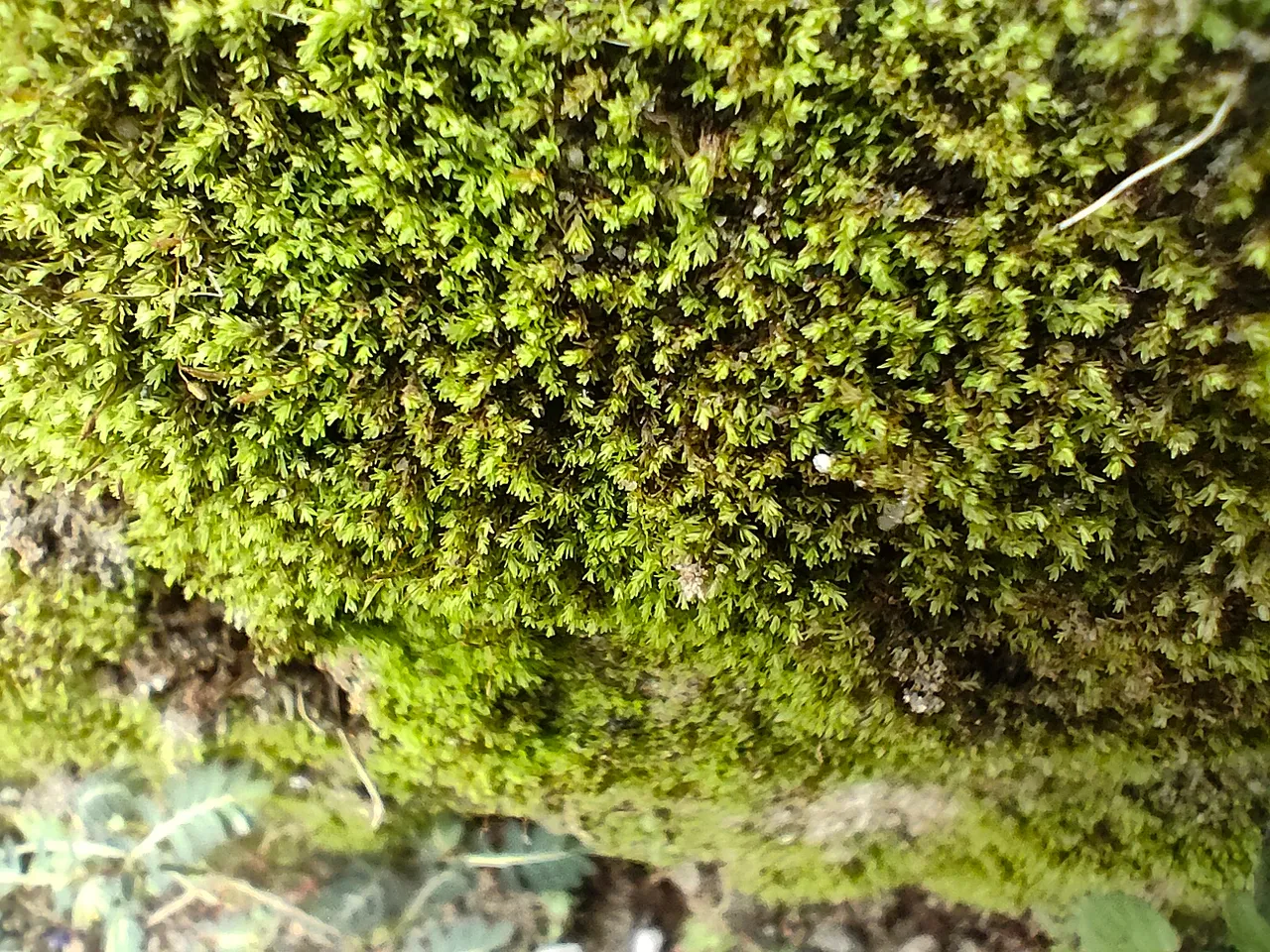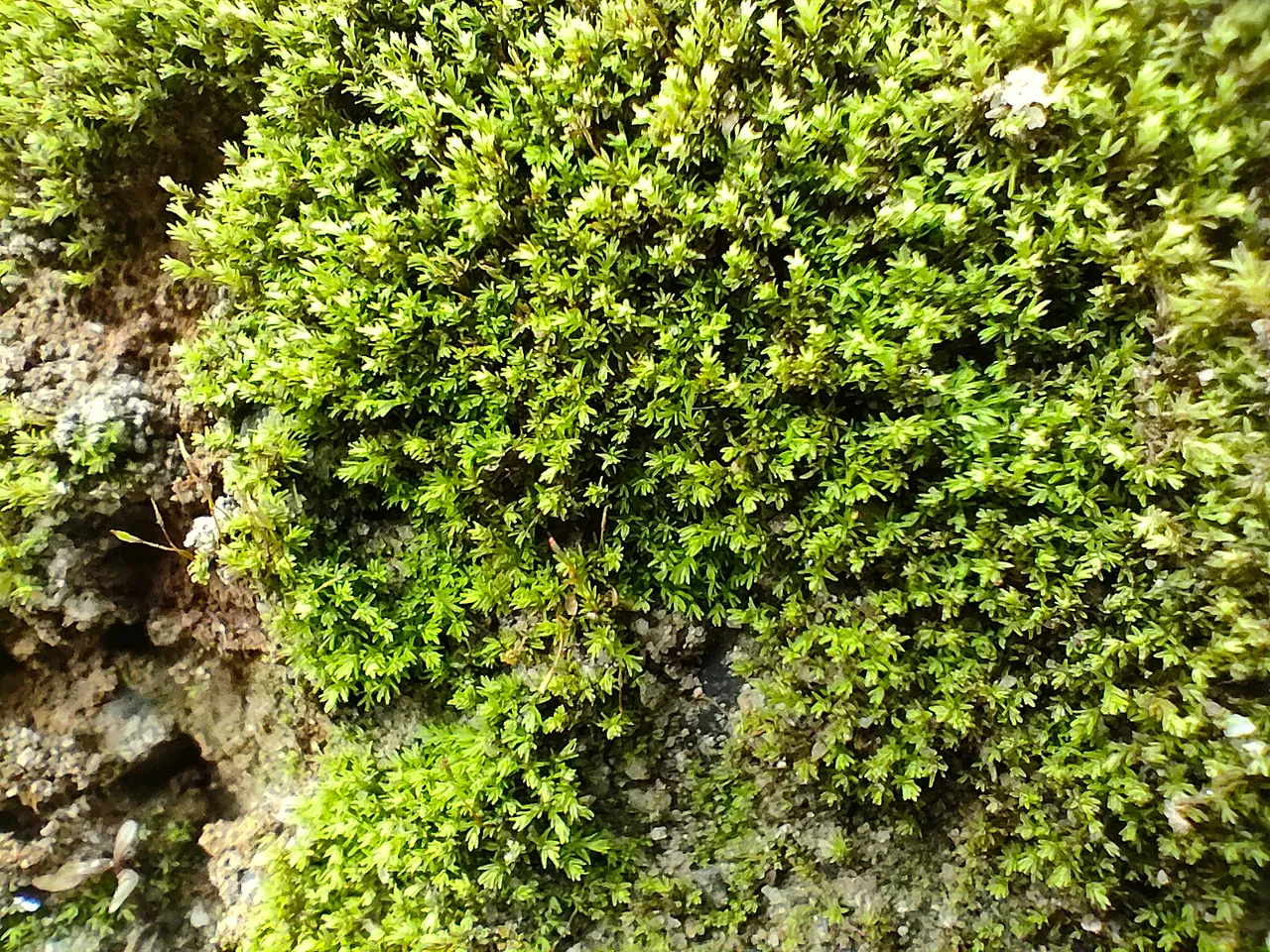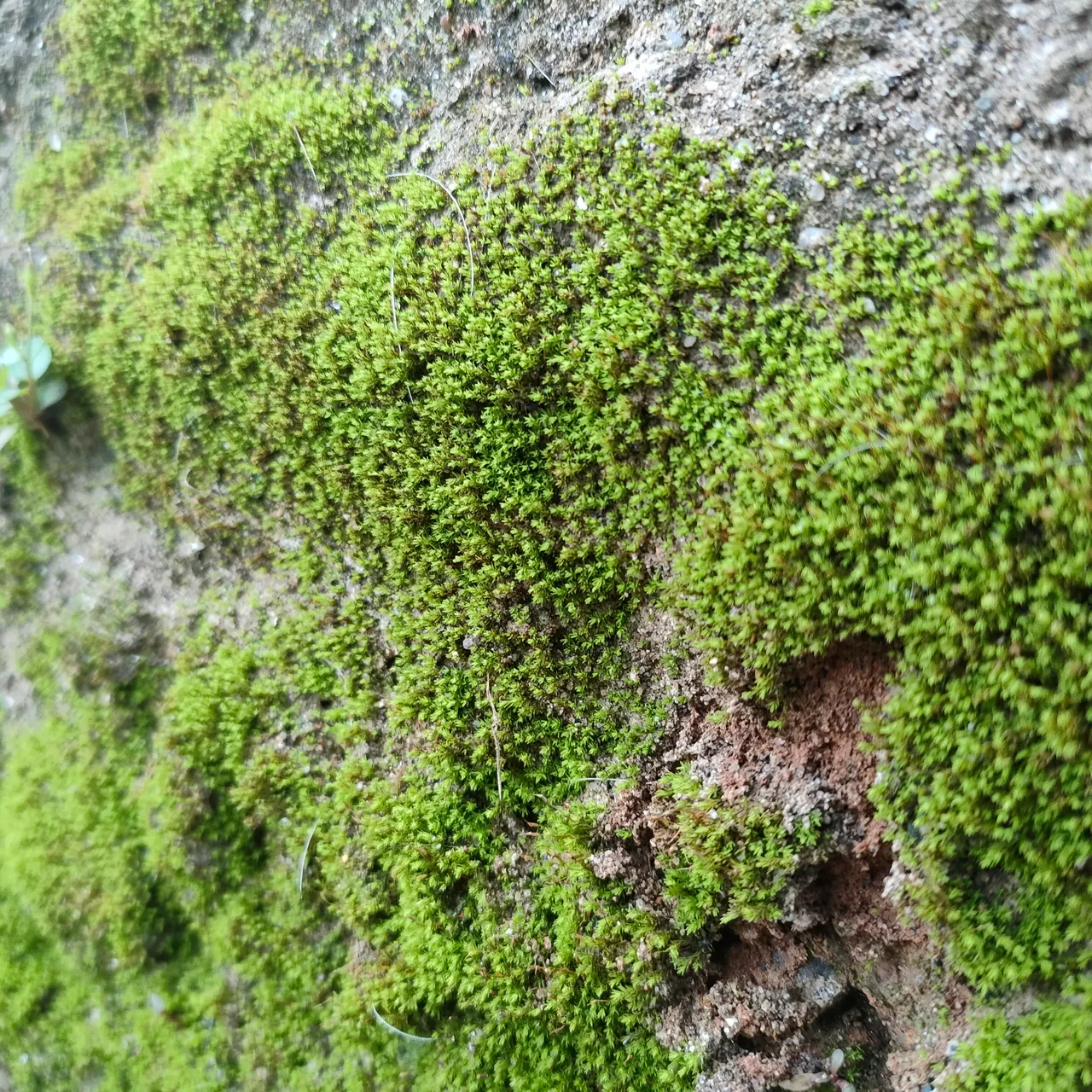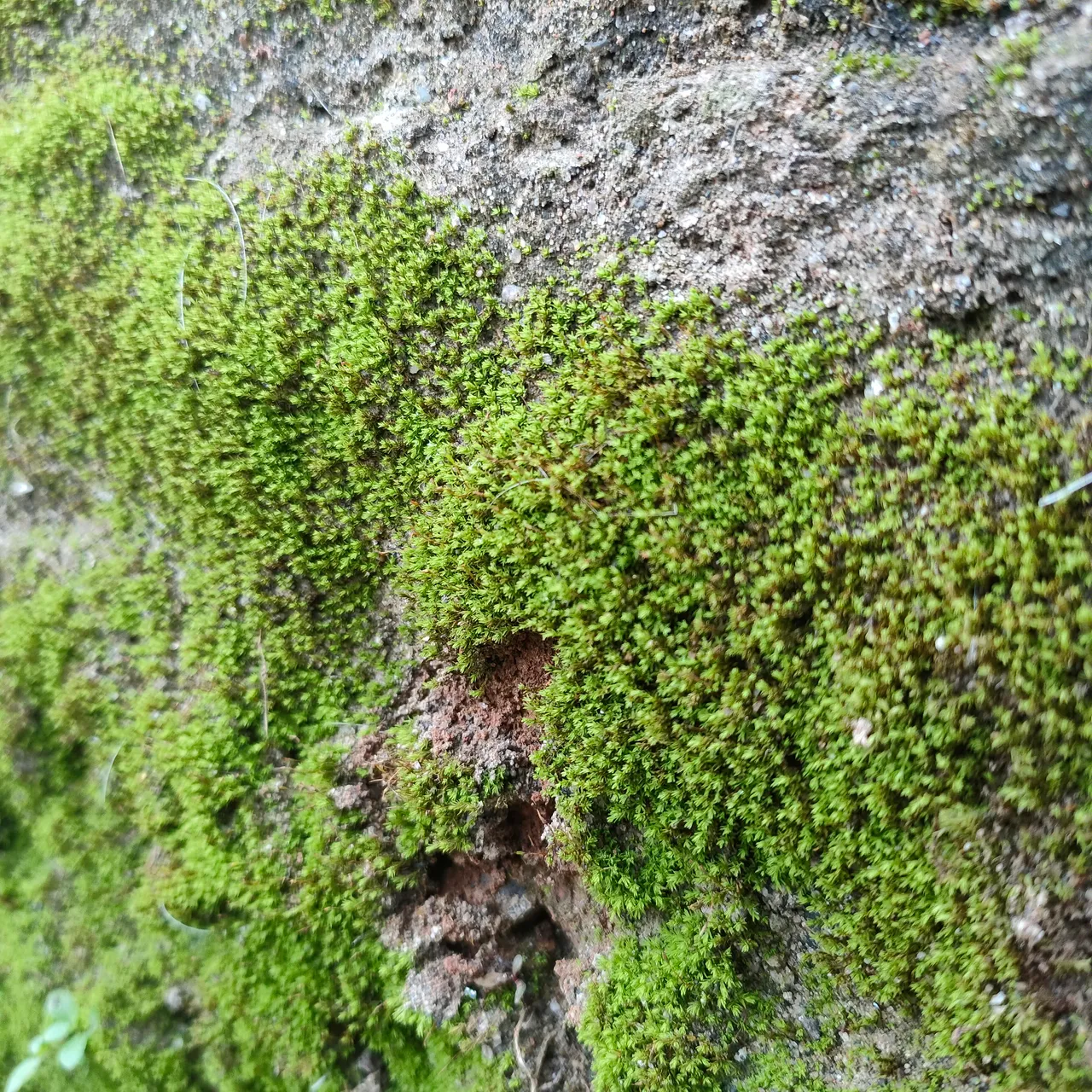When the rainy season arrives, and the temperature becomes wet and humid, we usually find many small green plants that appear on the walls or walls of houses, rocks or on trees. This plant is impressed as a nuisance plant and even often makes people slip when stepping on it. Yes, this is called moss or in Latin it is known as Bryophyta. Lichens are divided into several classifications.
Moss (Bryophyta) is the first land plant with a simple body structure. In particular, mosses are known as non-vascular plants that do not have actual organs and only have organs that resemble roots, stems, and leaves. In addition, mosses are also pioneer plants that grow somewhere before other plants can grow, because they are able to form colonies that can cover a wide area.
In general, mosses can grow easily in wet and humid places. Moss plants are autotrophs because they have cells with plastids that produce chlorophyll. The body of the moss is covered by a waxy cuticle which reduces excessive evaporation of the body, allowing it to adapt to a less wet environment. Moss plants are classified as spore-forming cormophytes, because these plants produce spores as a means of reproduction.
Moss (in Greek: bryophyta) is a division of plants that live on land, generally green and small (can not be seen with the help of a lens), and the largest moss size is less than 50 cm. Moss lives on rocks, logs, trees, and on the ground. Moss is spread in almost all parts of the world, except in the sea. Moss is a type of plant that does not have true organs, such as roots, stems, and leaves. Even so, mosses have organs that resemble roots, stems, and leaves like true plants.
Moss has plastid cells that can produce chlorophyll A and B, so they can make their own food and are autotrophs. Lichens belong to the kingdom plantae, which includes all organisms that are multicellular and differentiated, eukaryotic, with cellulose cell walls. Organisms belonging to the plantae are almost entirely autotrophs (can make their own food) with the help of sunlight during the photosynthesis process.
Moss plants undergo alternation of generations (metagenesis). In this metagenesis process, mosses undergo two phases of life, namely the gametophyte phase (haploid) and the sporophyte phase (diploid). Moss lives in colonies. Not vascular because it does not have true leaves, stems, or roots. Its habitat is in damp places and protected from sunlight, such as the forest floor, tree trunk surfaces, walls, and wells. There is also a habitat in wet places and can live in water such as spaghnum.
BEST REGARD
@amryksr
